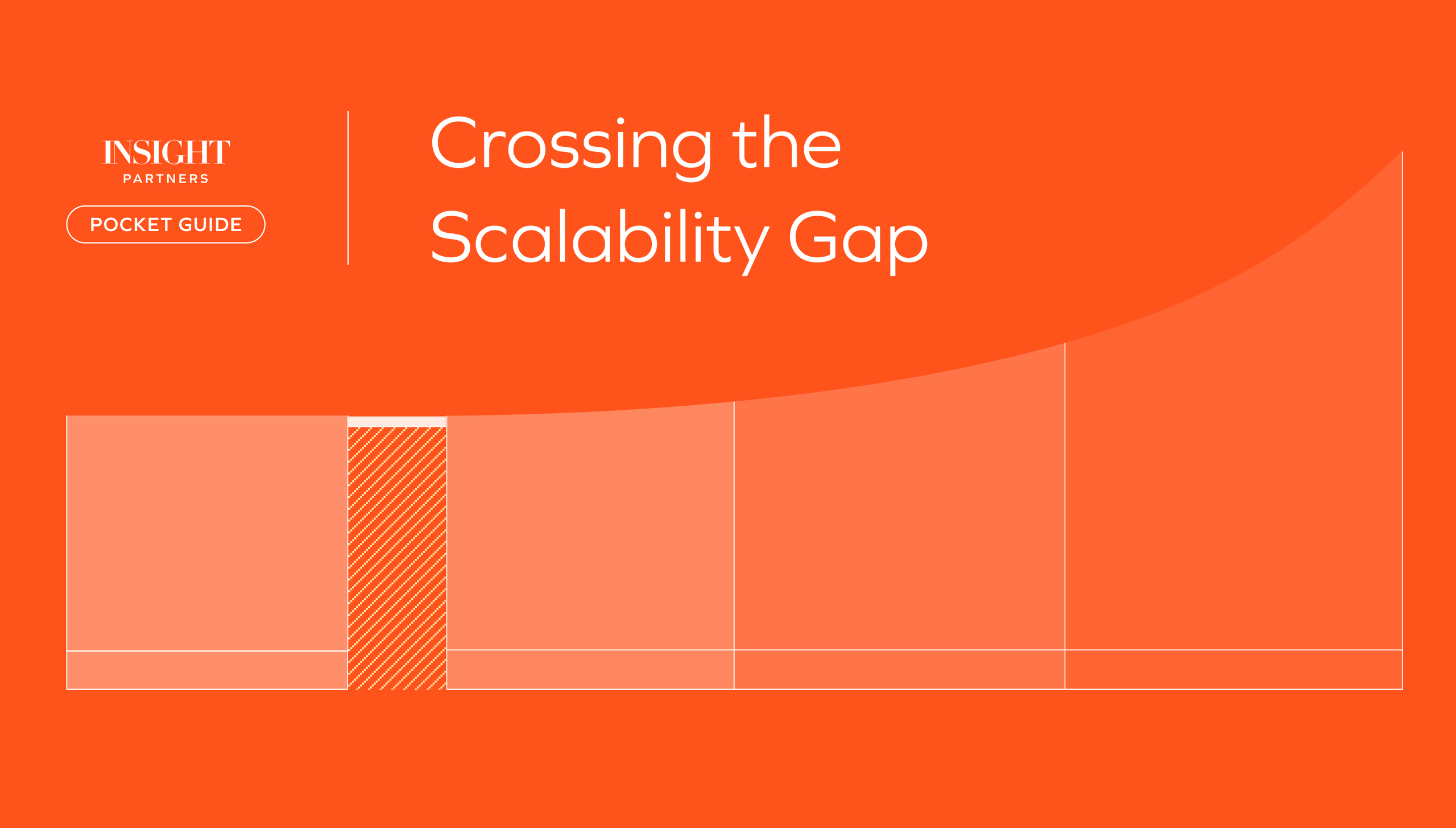Deception decoded: Using AI to mitigate risk and root out fraud

Through advanced identity verification and pattern recognition, AI can help enterprises combat the risk of bad actors like never before. Moderated by Managing Director Hilary Gosher, PayPal‘s Hui Wang, Abnormal Security‘s Dan Shiebler, Citigroup‘s Sirisha Kadamalakalva, and J.P. Morgan‘s Charles Phiri explore how AI helps cut down on risk, catch fraud, and drive better business outcomes. Learn how their tools and tactics could apply to you.
These insights came from our ScaleUp:AI event in October 2023, an industry-leading global conference that features topics across technologies and industries. Watch the full session below:
The sophistication and speed of fraud attacks are elevated
The panelists discussed how advancements in AI have made it easier for attackers to execute more sophisticated, targeted, and damaging attacks.
“What we’ve seen is a dramatic increase in the volume of these kinds of attacks, which is directly driven by generative AI technologies that are able to integrate the information that’s already present between these communications.”
“I view fraud as multiple different aspects of generative AI,” commented Kadamalakalva. Phiri added, “If you actually look at the models, they actually trained in a multimodal fashion that means that it’s such a good voice, it’s such a good picture — and has skills in all these areas.” Shiebler stated, “What we’ve seen is a dramatic increase in the volume of these kinds of attacks, which is directly driven by generative AI technologies that are able to integrate the information that’s already present between these communications.”
Combating fraud effectively
Despite the threats, the panelists also noted that AI can effectively combat fraud. They highlighted the importance of continuously updating models, adapting to changing threat landscapes, and integrating new information into models.
“We need to join forces with what’s happening individually so that collectively, we are much better.”
“We need to join forces with what’s happening individually so that collectively, we are much better,” said Kadamalakalva. Shiebler shared, “I like to think about how a modeling system can adapt to new data and adapt to changes in the attack landscape really from two angles. One is the model weights themselves, and the other way to integrate new information into a model is to change the kinds of data that you’re feeding to the model itself.”
Newer technologies are needed to stay ahead in the fight against fraud
The panelists emphasized the need for companies to stay ahead in the fight against fraud by adopting the newest technologies and being nimble in trying out technologies. They also discussed the importance of collaboration and data sharing across industries to combat fraud more effectively.
“We want to make sure we always are ahead of fraud. It’s a cat and mouse game.”
“It’s imperative for us to use the newest technologies to stay ahead in this game,” expressed Kadamalakalva. Wang agreed, stating, “We want to make sure we always are ahead of fraud. It’s a cat and mouse game.” She also highlighted how using their rich data could help foresee the next threat and stay one step ahead.
Predicting the future
While acknowledging the risks and challenges of generative AI, the panelists also discussed the opportunities it presents. They highlighted the potential of generative AI to transform businesses and industries and emphasized the need for organizations to be more adaptable and innovative in response to these changes.
“We are actually [in] a very good position to use [a] generative algorithm to foresee what the next thing fraudsters will do.”
Phiri stressed the need to build adaptable architectures, stating, “You need to build architectures that are actually adaptable, and also you need to actually continuously learn.” Wang also shared her excitement about the potential of generative AI, saying, “We are actually [in] a very good position to use [a] generative algorithm to foresee what the next thing fraudsters will do.”







